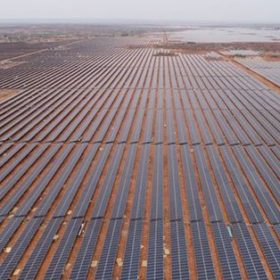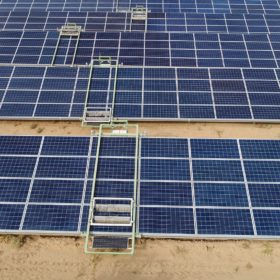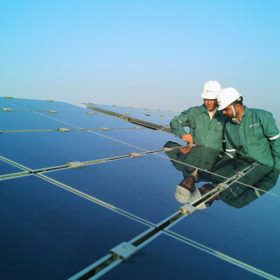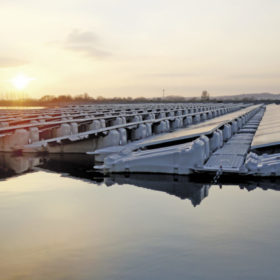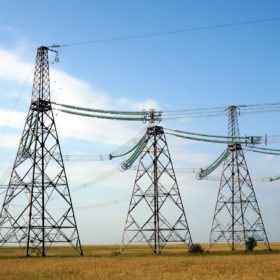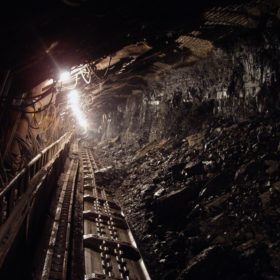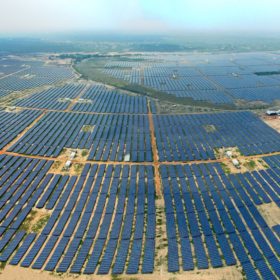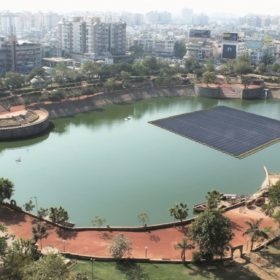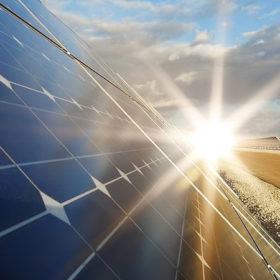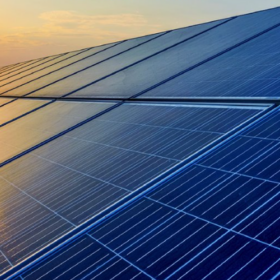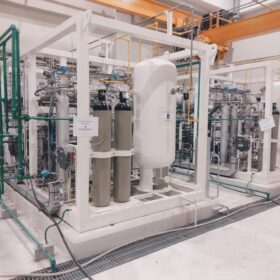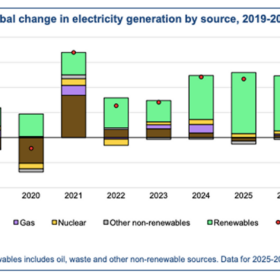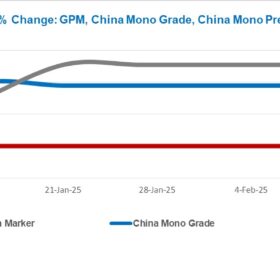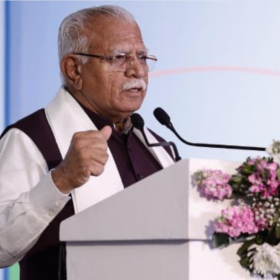India Ratings downgrades solar outlook for FY2019-20
Revision in the outlook to ‘stable’—from ‘positive’—stems from resurfacing renegotiation fears and continued delay in payments from some of the offtakers.
Tata Power commissions 150 MW solar capacity in Rajasthan
The plant—with Maharashtra State Electricity Distribution Co. Ltd as the offtaker—is the company’s first ISTS connected solar project.
Uttarakhand invites EoI for off-grid solar plus battery projects
The projects—in various capacities ranging between 1 KWp and 25 KWp—are to be set up across the state. Proposals can be submitted till October 4.
The long read: Floating PV – niche market or transformative disruptor?
Why on earth would you want to install PV on water? There seem to be plenty of safer sites for solar PV on solid ground or stable rooftops. Nicolas Choleur of Everoze highlights the key requirements for the bankability of floating PV, right through the project life cycle, from development to dismantling.
SECI to supply almost 1.3 GW of clean power through deals signed in the last four weeks
With the power minister hinting a new renewable energy tariff policy could be in the works, the federal agency responsible for solar – which has come under fire after the latest delay to a troubled PV manufacturing tender – has boasted of the volume of clean power it has signed deals for recently.
The energy transition is easily affordable but all hope of 1.5C warming will vanish in 2028
Technical consultancy DNV GL has published its Energy Transition Outlook 2019. While the electric vehicle, storage and renewable energy industries are likely to see significant rises in demand, the sobering conclusion is the world will miss carbon reduction targets by a long shot.
SECI extends 6 GW manufacturing tender deadline again
The Solar Energy Corporation of India has extended the deadline yet again for a procurement exercise originally intended to secure 5 GW of PV manufacturing capacity and 10 GW of generation assets 13 months ago. The deadline for bidding for 2 GW of production and 6 GW of generation capacity is now October 11.
NLC commissions 95 MW solar capacity in Tamil Nadu
With this addition, the total installed renewable energy capacity of the state-owned power generator has exceeded 1 GW.
Hundreds of MW of floating PV set to come online in India
With developers facing land constraints, a huge pipeline of floating PV projects is currently in the early stages of development in India. While the outlook for solar on water in the fast-moving solar marketplace appears bright, there is much industry learning still to be had and a steep learning curve for component suppliers and developers alike.
Jammu & Kashmir presents a Rs11,000-crore solar opportunity by 2022: Care Ratings
The state with power deficit of up to 20% provides the opportunity to scale up the solar capacity to 2 GW by 2022, which would require an investment of Rs11,000 crore.
